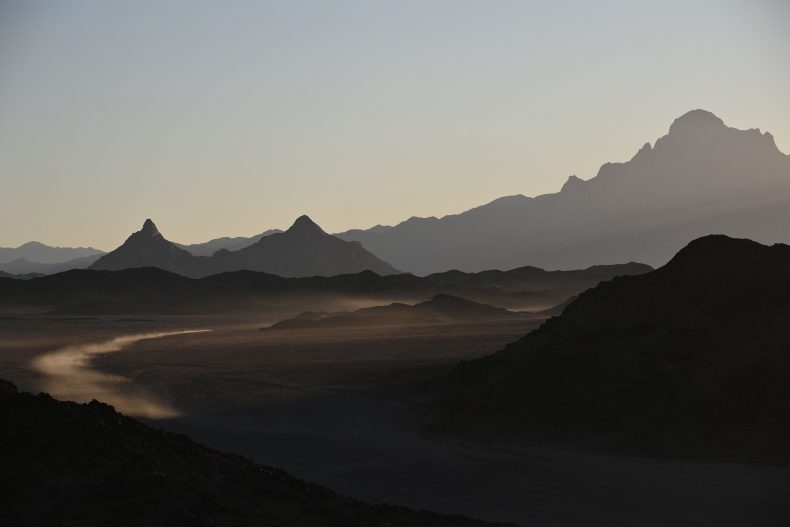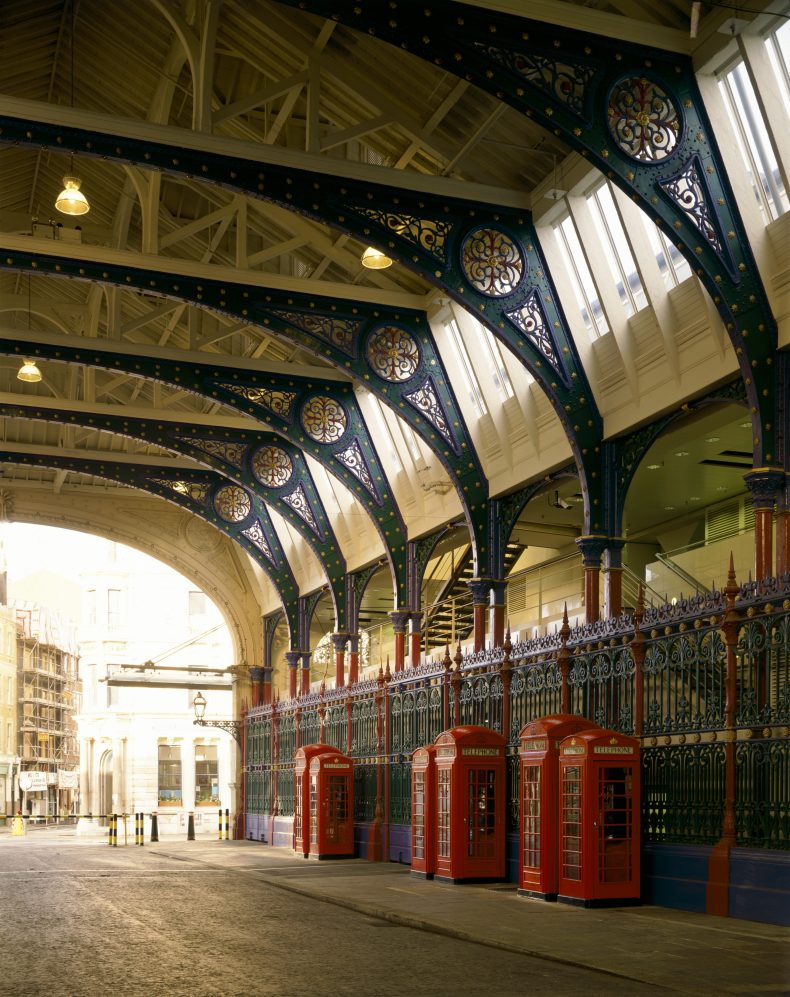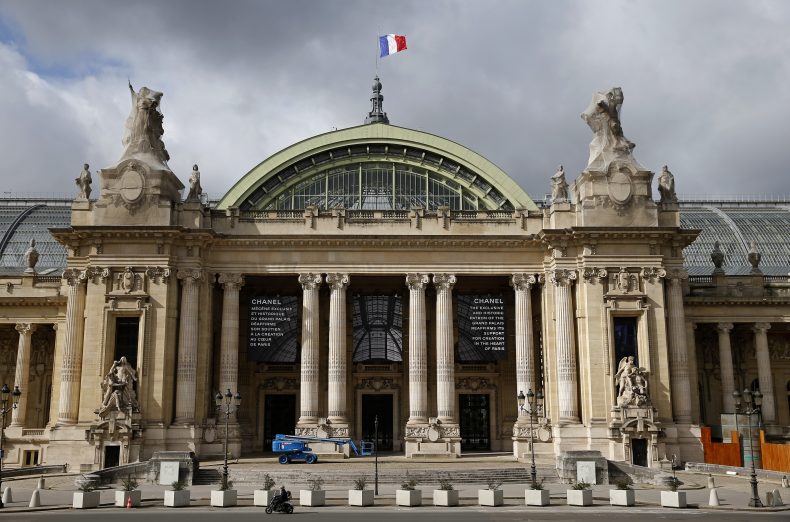Every year, the conceptual distance yawns ever wider between the ambitions of long-established cities and new developments where limitless wealth shapes the future. There may be no visible architecture at Neom yet, but the resources of the Saudi Public Investment Fund have been marshalled into pumping out massive quantities of imagery, for the Line (a so-called ‘linear smart city’) or for the floating Oxagon, ‘a reimagined industrial city’, per Neom’s website. Reality is hard to grasp amid the science fiction landscapes. Nowhere is that more the case than at Trojena, a projected ski village in the Saudi mountains, its existence signalled by a vast new lake and a pencil tower designed by Zaha Hadid Architects that corkscrews its way into the atmosphere. These efforts to turn an untouched corner of the ‘temperate northwest of Saudi Arabia’ into a landscape blending the real and the virtual, as the Neom marketing team puts it, raise questions, the most obvious being: who benefits? The foundation stones of a modern civil society are likely to be missing. Neom intends to start welcoming tourists later this year.
North-western Saudi Arabia, not far from the Neom site. Photo: Franck Fife/AFP via Getty Images

It’s a very different situation in Turkey, where nothing could have prevented the country’s southern province of Hatay from becoming the epicentre of a vast seismic convulsion a year ago. In south-eastern Turkey, in an area which formed part of Syria until 1939, the massive challenge of restoring, rebuilding and redeveloping an entire area has begun. The city of Antakya (Antioch) was at the confluence of many ancient trade routes and as such was diverse and multi-layered. Now, the wrecked remnants are the subject of a master plan produced by 13 firms headed by Foster and Partners and Bjarke Ingels Group, whose bland generic renders, with nobody and nothing in particular on the streets (to avoid cultural offence?), are profoundly dispiriting. Faced by the terrible aftermath of that natural disaster, one might have hoped for a more humanistic vision than just state-of-the-art earthquake-proof engineering and design underpinned by the rigorous avoidance of fraud in the face of onerous building regulations. Meanwhile the displaced population, many of whom are Syrian refugees, are destined to live on in the grim geometry of ‘efficient’ refugee settlements. Compare and contrast with images of drifting artificial snow on Saudi mountains, or the preparatory groundworks for the Line, the smart civil engineering project that will extend for 170 kilometres from the Red Sea to Tabuk and which will, in theory, take environmental sustainability to a new level.
Perhaps it’s more rewarding to look at works in progress during 2024. In London, the western parts of Smithfield Market are emerging in their new guise. The London Museum, the successor to the Museum of London on London Wall, opens in 2026; the cleaned and restored Victorian elevations of Smithfield and the massive copper 1960s roofscape of the Poultry Market are the visible markers of progress so far, part of a complex programme led by architects Stanton Williams and conservation specialists Julian Harrap. When the roof renewal was completed in December 2023, an apprentice who worked on the 1960s structure, 83-year-old Chris Johnson, was there to top it out by laying the final sheet of copper. (The market itself, along with Billingsgate Market, will move to Dagenham Docks later this decade – assuming a 13th-century law involving the proximity of sheep, introduced under King Henry III, doesn’t stand in the way.)
Interior of Smithfield Market, City of London. Photo: English Heritage/Heritage Images/Getty Images

Another proposed roofscape, a little further east, is likely to continue to exercise conservationists this year and beyond. Herzog & de Meuron’s soaring development for Sellar (the group behind the Shard) and Network Rail at Liverpool Street grabs the station’s airspace and breaks into the existing structures, including the railway hotel alongside. Much of the redesign involves picking apart the admired (and, for that matter, newly listed) elements of renovation from the 1990s, and the architects’ ambition to pile bulky new office space on top of an already confined site seems at odds with the City of London’s stated position on sustainability. As far as planning policy goes, green practice seems easier said than done.
As Paris readies itself for 2024, it is living up to its promise to mount a low-cost Olympics, surprisingly short of signature buildings while committed to regeneration of parts of the banlieux. The Olympic Village, green and traffic-free, has been master planned by Dominique Perrault, and is sited in the north, in Seine-Saint-Denis, just as London 2012 looked east to Stratford. Paris too has legacy ambitions, industrial zones to be replaced with housing. But it’s the newly clean Seine that will take centre stage, both for sporting events and as a connective thread between the Olympic Village and many of the sites.
For the most part, it is historic Paris that is playing host to the 2024 Olympics, relying on existing facilities for most of the rest. Only the aquatics centre is new. The park of Versailles will be left to the horses, like Greenwich was, while the Grand Palais, glorying in its first ever extensive renovation since 1900, will seat many thousands under its soaring glazed roof and on its handsome aisles to watch fencing, taekwondo and Paralympic events. Notre-Dame may be reopening in early December, keeping Macron’s presidential promise from 2019 that it would be back within five years, but the Grand Palais might just steal the scene.
Le Grand Palais, Paris, as seen in 2021 when it was about to close for renovation in readiness for the 2024 Olympics. Photo: Chesnot/Getty Images

Also this year, the Victoria and Albert Museum’s partnership with the Royal Institute of British Architects, established in 1999, is to end. The incredible trove of drawings, models, books and more that have been housed at the museum and its storage facilities, as well as in well-appointed study rooms, will have to find a new home after 2027. This is a crisis for both institutions, and everyone concerned with architecture should worry – and consider how Paris handles things. It offers the splendid Cité de l’architecture et du patrimoine at the Palais de Chaillot and, more specific to the city, the Pavillon de l’Arsenal.
This spring, the V&A is mounting an exhibition titled ‘Tropical Modernism: Architecture and Independence’. But the museum must also acknowledge, at a deeper level, that the story of architecture and design it wants to tell must reflect current concerns. The apparent divergence between the V&A and the professional institution with which it has found common cause over recent decades does not bode well.


